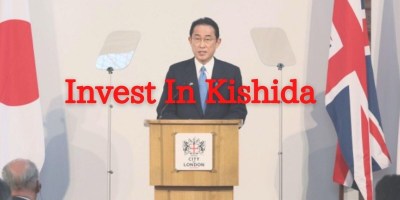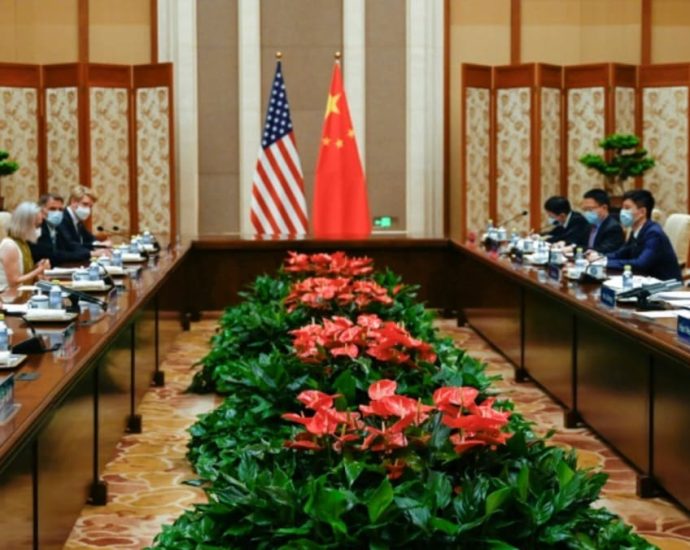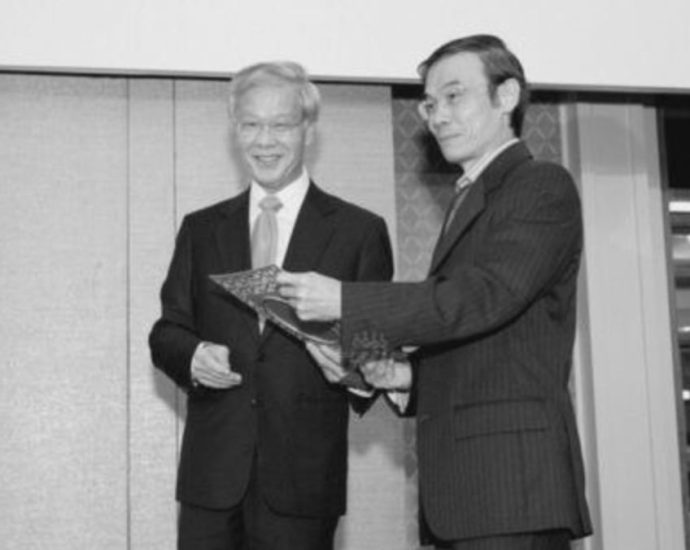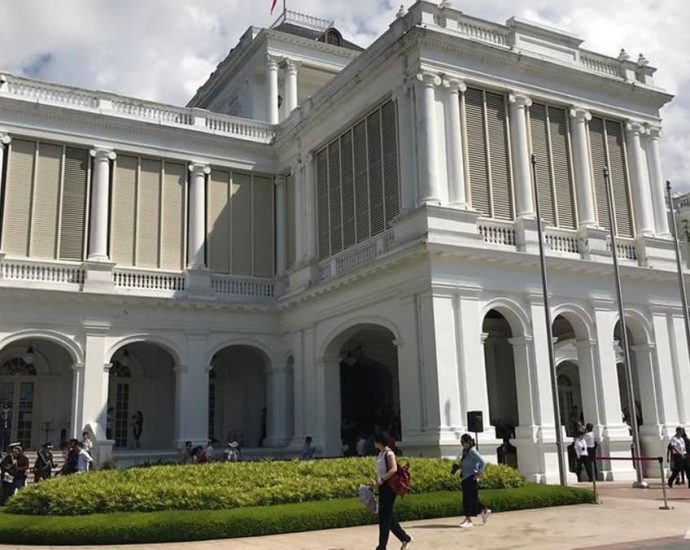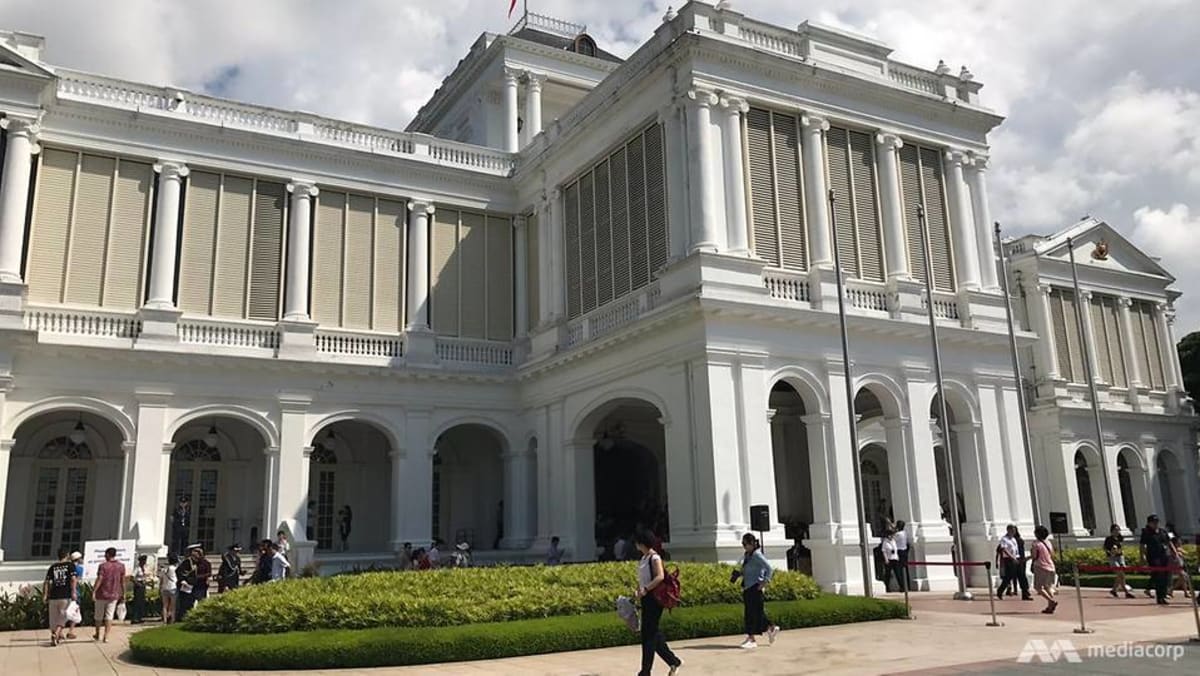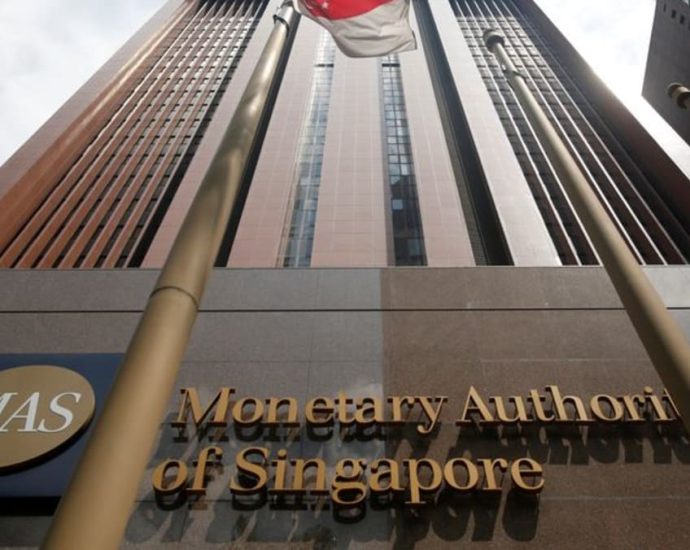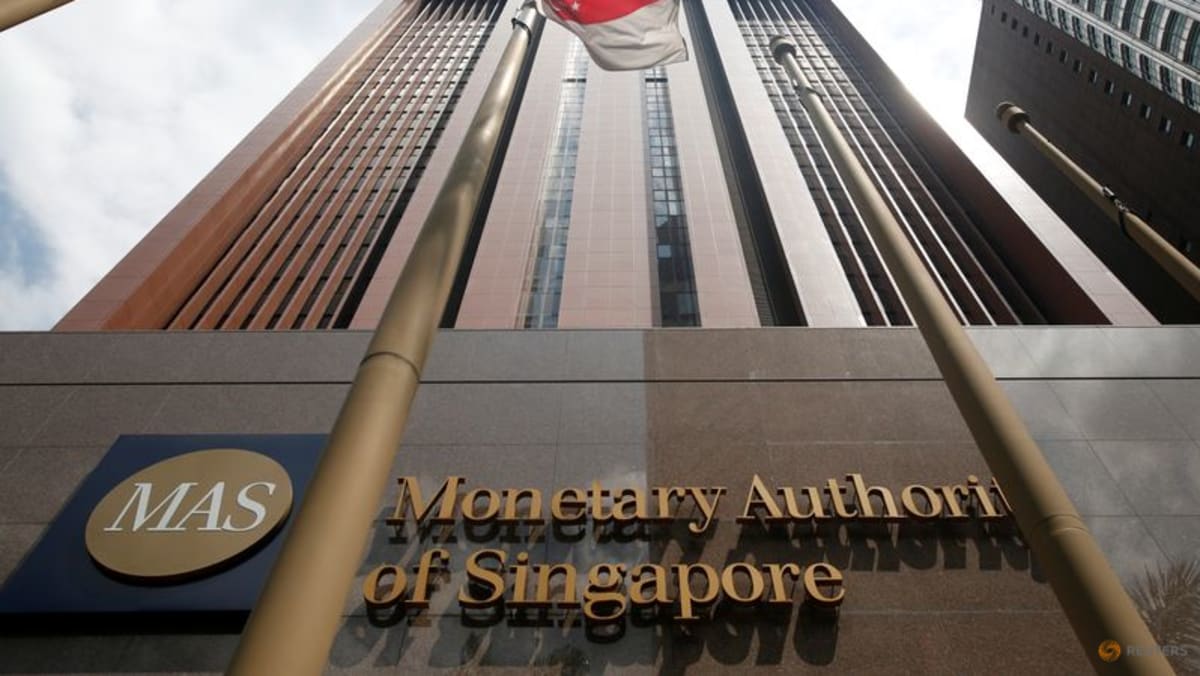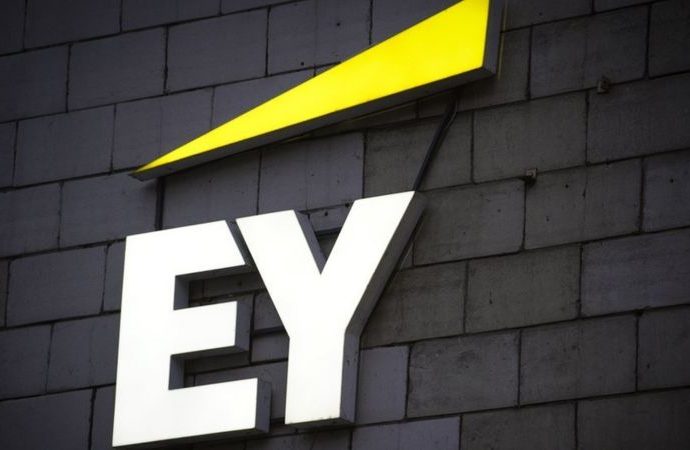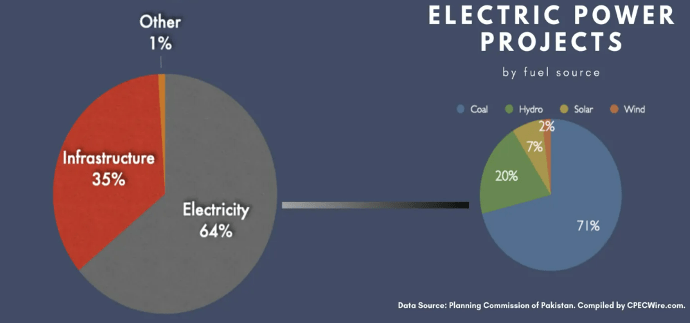SoftBank is at the center of yearlong Nikkei rally
TOKYO – It’s no surprise, perhaps, that SoftBank Group’s 22% stock rally these last 12 months exactly mirrors that of the broader Nikkei 225 index.
Few Japanese conglomerates have benefited more from the Nikkei rally – or from the Bank of Japan’s ultra-loose policies – than the one that Masayoshi Son built.
Case in point: SoftBank’s telecom unit just pulled off one of the biggest yen bond sales in recent memory thanks to wide-scale market expectations that the BOJ will keep its foot on the monetary gas.
SoftBank‘s feat in raising US$840 million managed to lift confidence in credit markets that big debt issuance deals were back. It more than confirmed promising hints from earlier sales by Mitsui Fudosan Co and Kubota Corp. It was even better that the SoftBank sale was supersized from an initially planned US$350 million amid demand that was more than twice what SoftBank anticipated.
Yet as much as SoftBank is benefiting from the Nikkei rally and the BOJ’s largess, it remains unclear if one of Japan’s three richest men is ready to return the favor.
The reason Son is a subject of global intrigue is the US$100 billion SoftBank Vision Fund he created in 2017. It has since remade the global venture capital game, with Son adding the financial firepower of a Vision Fund 2. Very quickly, a meeting with Son’s team became the top aspiration for young entrepreneurs from Silicon Valley to Hyderabad to Seoul.
Son’s VC ambitions were always a way to tap growth outside aging Japan. Japan’s deflation, dismal demographics and a play-it-safe corporate culture had Son deploying billions and billions in China, India, South Korea, Indonesia, Bangladesh, Brazil, Kenya, Israel and elsewhere.
The plan was to ride a herd of tech “unicorns” around the globe to riches SoftBank could no longer find at home in Japan.
At the core of Son’s vision, of course, was recreating the magic he achieved with China’s Alibaba Group 23 years ago, around the same time the BOJ pioneered quantitative easing.
In 2000, Son had the remarkable foresight to hand US$20 million to an obscure English teacher in Hangzhou. By the time Jack Ma took Alibaba public in New York in 2014, SoftBank’s stake was worth more than $50 billion.

The feat earned Son a reputation as the Warren Buffett of Japan. The launch of his Vision Fund was an attempt to replicate that success over and over again.
Yet Son has found that to be easier said than done. Among the big swings that Son missed: a perplexing fascination with WeWork, which over time became the Vision Fund’s cornerstone investment. Son bought into founder Adam Neumann’s claims to be creating the next Apple Inc with his office-sharing empire.
By 2019, as WeWork looked more like a financial house of cards and epic losses mounted, Son admitted “really bad” judgment in having championed the company as the next big thing. As Son scrambled to stabilize the Vision Fund, sandbagging efforts included selling roughly $7.2 billion worth of Alibaba. Son’s team is also working on an initial public offering of Arm Ltd, SoftBank’s chip unit.
Might Son now pivot to investing big in Japanese startups as opposed to prospective Chinese unicorns?
A few big data points have changed some Asia-region calculus since Son’s WeWork debacle:
- slowing Chinese growth following leader Xi Jinping’s crackdown on mainland tech;
- a deepening Sino-US trade war aimed particularly at tech goods; and
- a Nikkei rally that has top global investors like Buffett rediscovering Japan.
In recent days, US Treasury Secretary Janet Yellen and Chinese Premier Li Qiang tried their hand at rebooting the Sino-American relationship. But with US President Joe Biden’s team determined to limit Chinese access to key technology like semiconductors — and Xi curbing exports or rare earth materials — tensions appear to be going from bad to worse.
This has Team Son rethinking its aversion to putting big money to work in Japan. Here, Buffett’s own bets on Japan’s economy may come into play.
In May 2022, Prime Minister Fumio Kishida took his campaign to lure more foreign capital to London, where he implored businesspeople to “invest in Kishida.” It was a play on a plea that Kishida’s mentor had made in New York nine years earlier.
In September 2013, then-Prime Minister Shinzo Abe brought his “buy my Abenomics” tour to the floor of the New York Stock Exchange. Abe pledged to reduce bureaucracy, loosen labor markets, incentivize innovation, boost productivity, empower women and reclaim Tokyo’s place as Asia’s undisputed financial center.
Mostly, though, Abe relied on BOJ easing to juice Japanese gross domestic product via a weaker yen. That, and some modest tweaks to corporate governance had Buffett and his ilk kicking Japan’s tires.
The so-called “Buffett effect” first hit Japan in August 2020. The Oracle of Omaha surprised many in the Tokyo establishment with sizable investments in five old-economy companies. Buffett took 5% stakes in rather stodgy “sogo shosha” trading houses: Itochu, Marubeni, Mitsubishi, Mitsui and Sumitomo.
The bets paid off handsomely. Last month, around the time Buffett topped up those investments — to an average 8.5% — shares had roughly doubled among his initial five investments. Buffett, true to his value-investing-guru reputation, front-ran the Nikkei’s biggest rally in 30 years.
The question now is how Son responds. Part of it involves how Kishida plays things.

Kishida took power in October 2021 with grand plans to implement a “new capitalism.” Part of the scheme involved redistributing wealth to increase domestic consumption. Kishida also aimed to enliven Japan’s startup scene.
One early Kishida idea that holds great promise: devising a way to harness the $1.6 trillion Government Pension Investment Fund – the largest of its sort – to finance a startup boom. There, Kishida talked of facilitating the “circulation” of GPIF’s ginormous asset pool “into venture investment.” He talked of championing “stock options and other measures to promote the growth of start-ups.”
According to Ranil Salgado, an economist at the International Monetary Fund, there’s a need for a “holistic approach to address the constraints in the labor market, as well as improving the financing options and entrepreneurial education.”
Salgado adds that the “grand design of the new form of capitalism” includes measures to support venture capital, such as through public capital investment. In addition, it recognizes the constraint of personal guarantees on entrepreneurship, highlights the importance of entrepreneurial education, and strengthens the role of universities as startup hubs.”
Increased availability of venture capital equity funding, Salgado says, “is crucial to support startups and innovation. Reduced personal guarantees could help encourage entrepreneurship and allow unproductive firms to exit, which could in turn support investment and innovation, generate employment and improve productivity.
“Furthermore,” he says, “a more flexible labor market and a gradual shift from the lifetime employment system could encourage the most talented college graduates to venture and create new companies and have a reasonable backup option in case startups fail.”
Yet how SoftBank responds to these challenges and myriad others may decide how Asia’s number two economy fares in competition with the continental colossus that’s number one.

